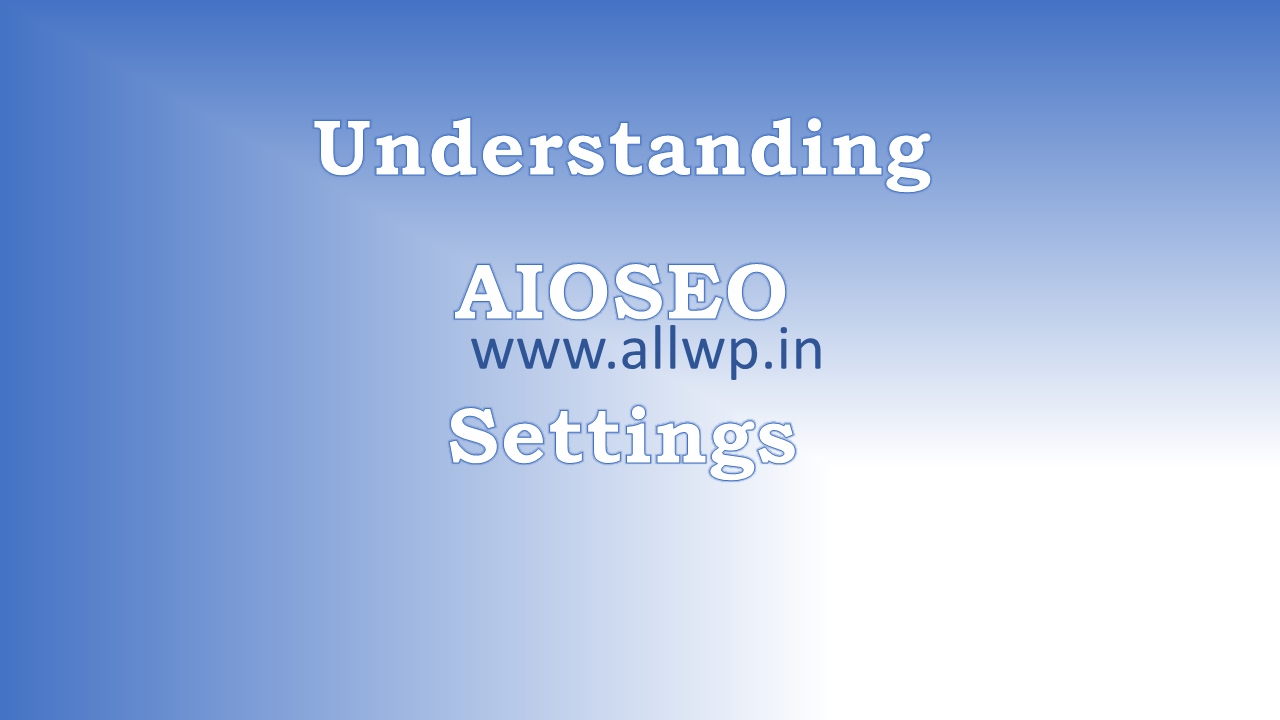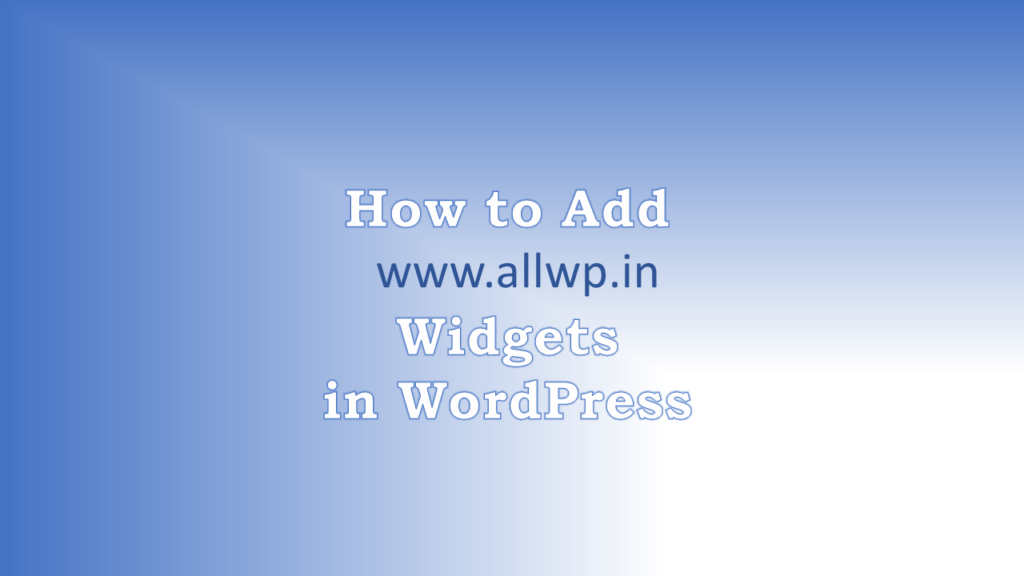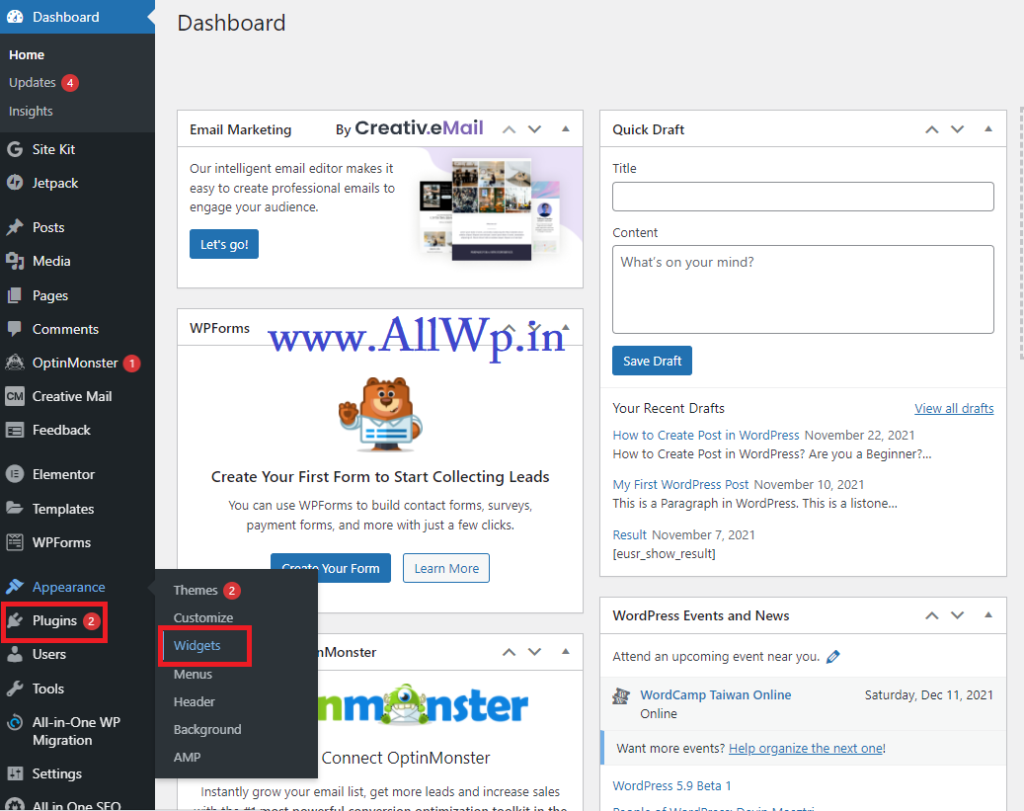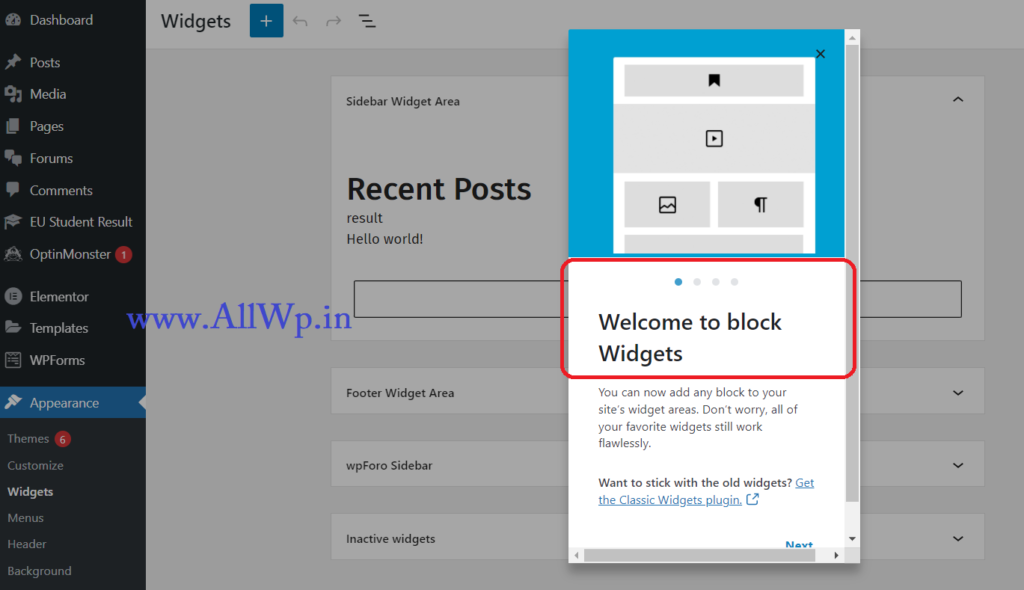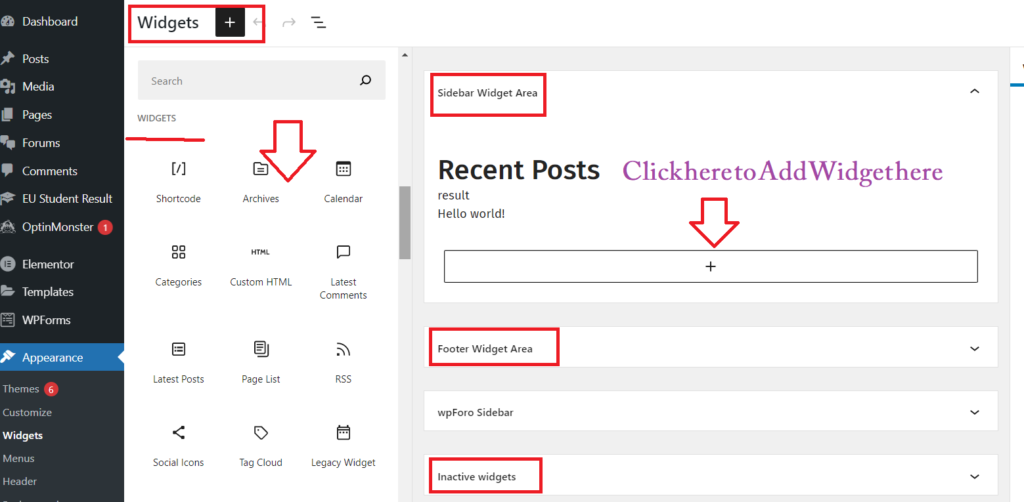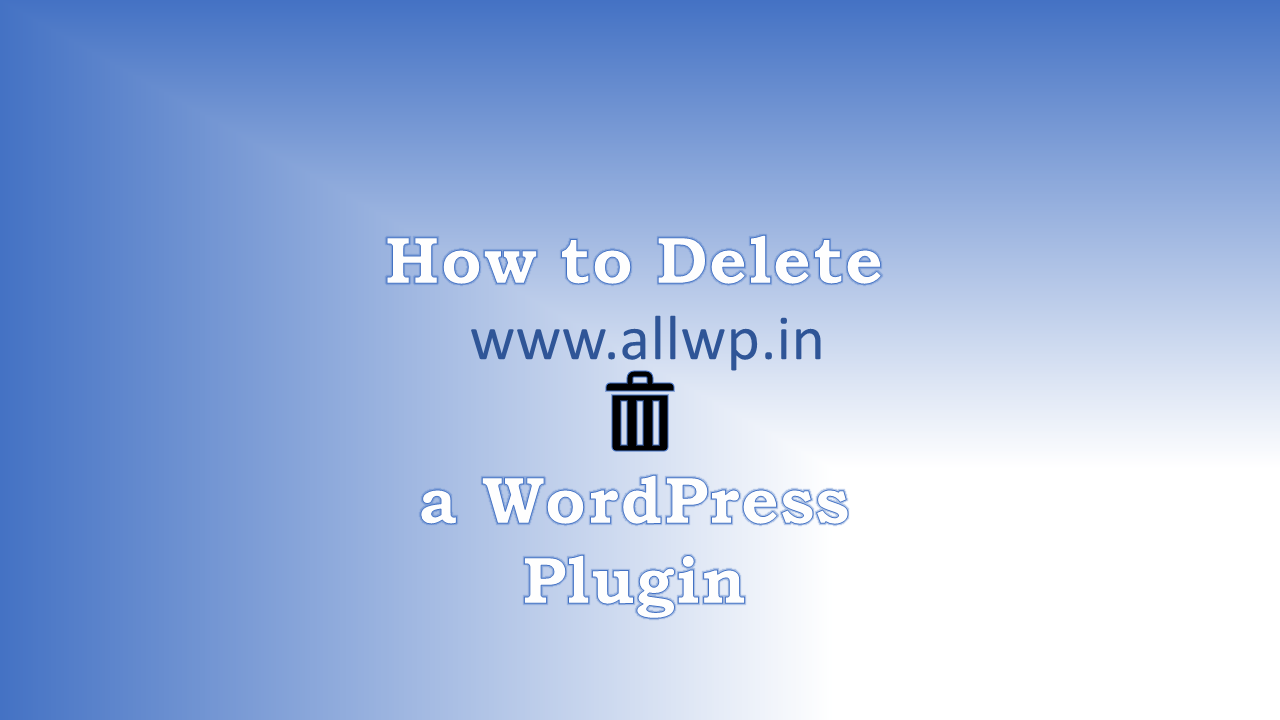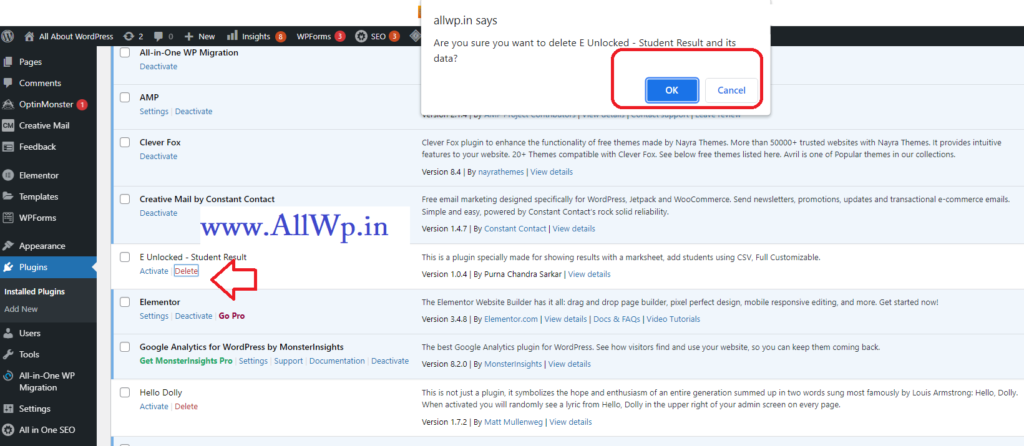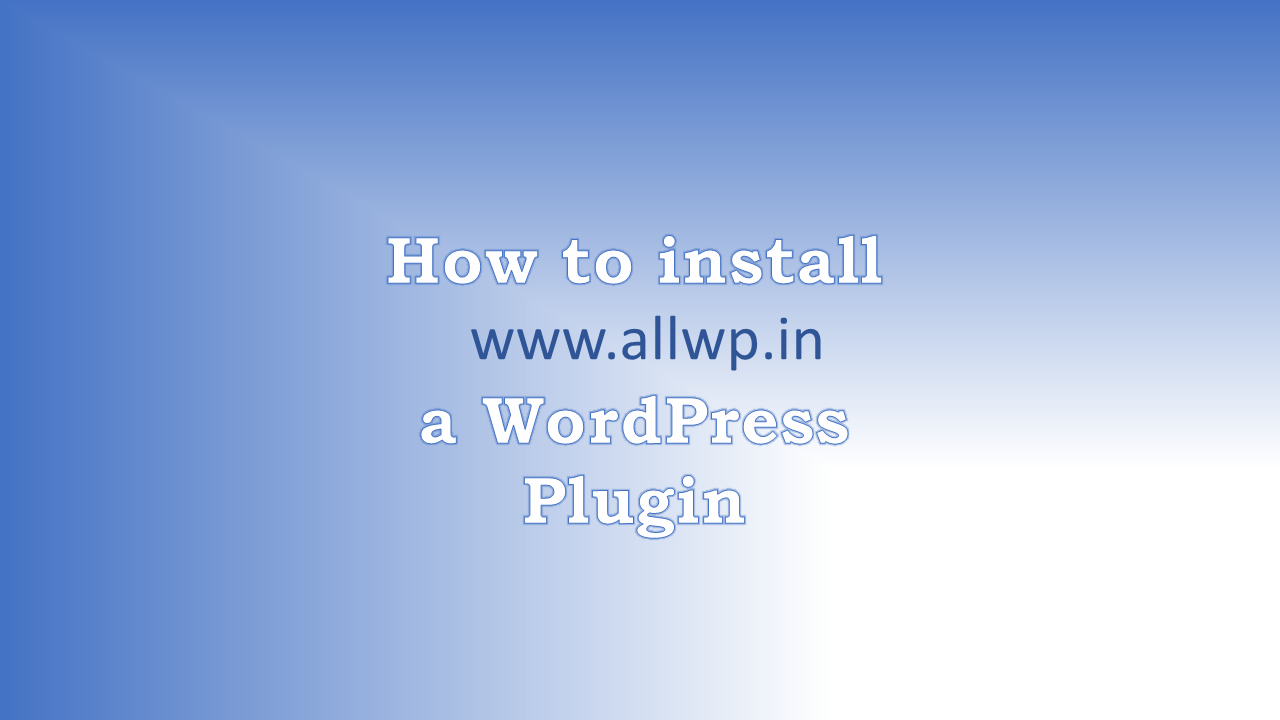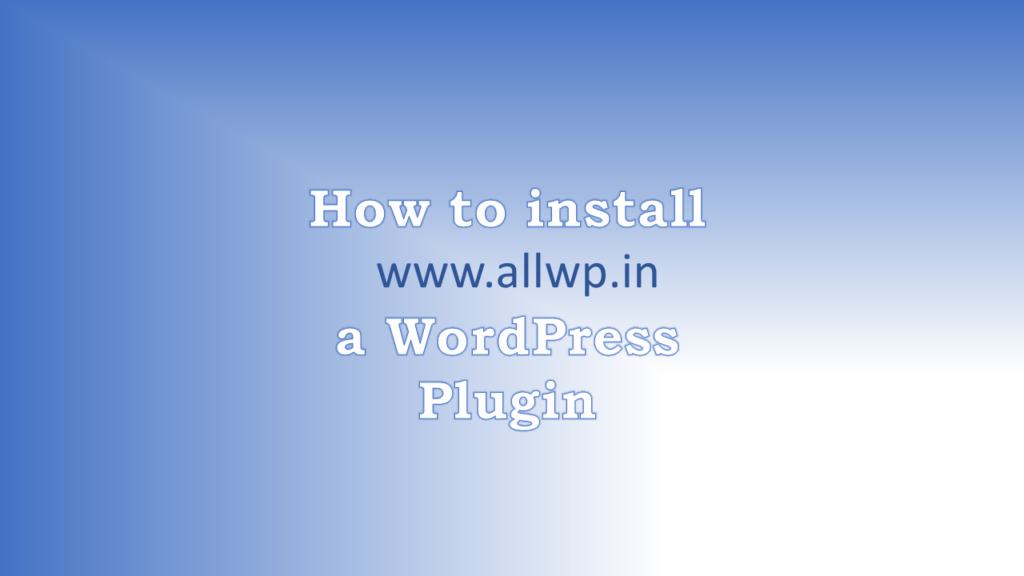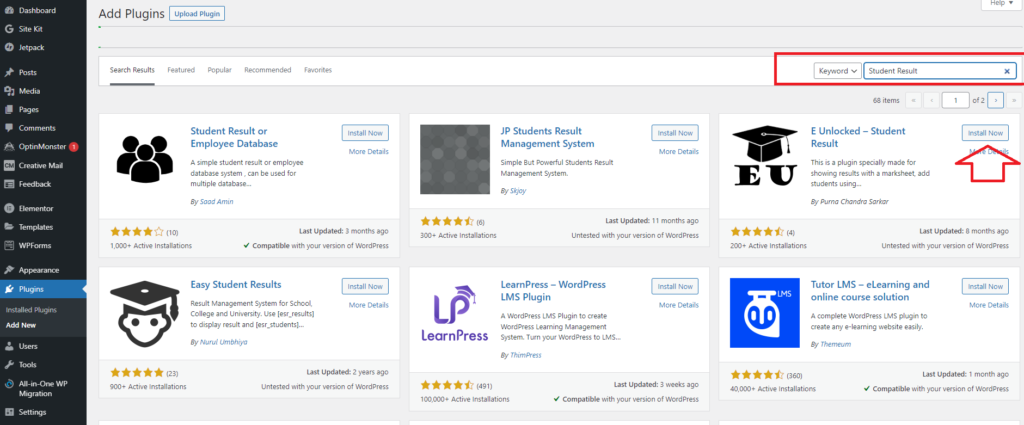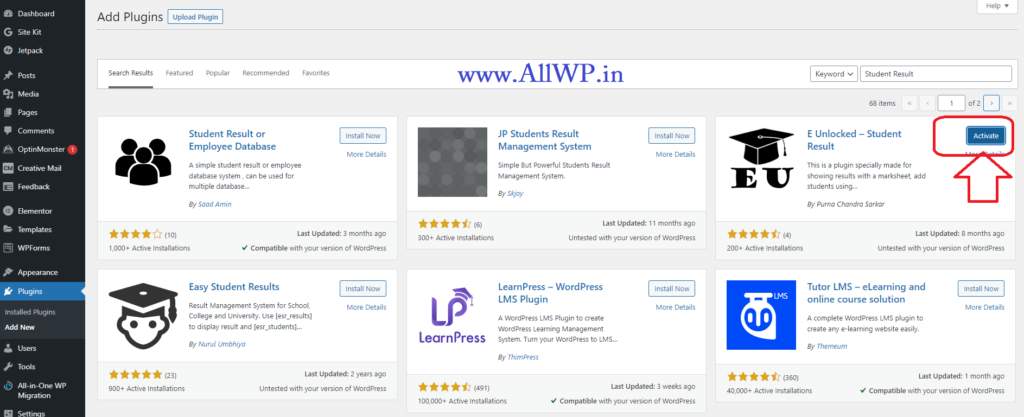
Good Readable Content: AIOSEO & Yoast
by farhanbajrai | Dec 7, 2021 | SEO Plugins
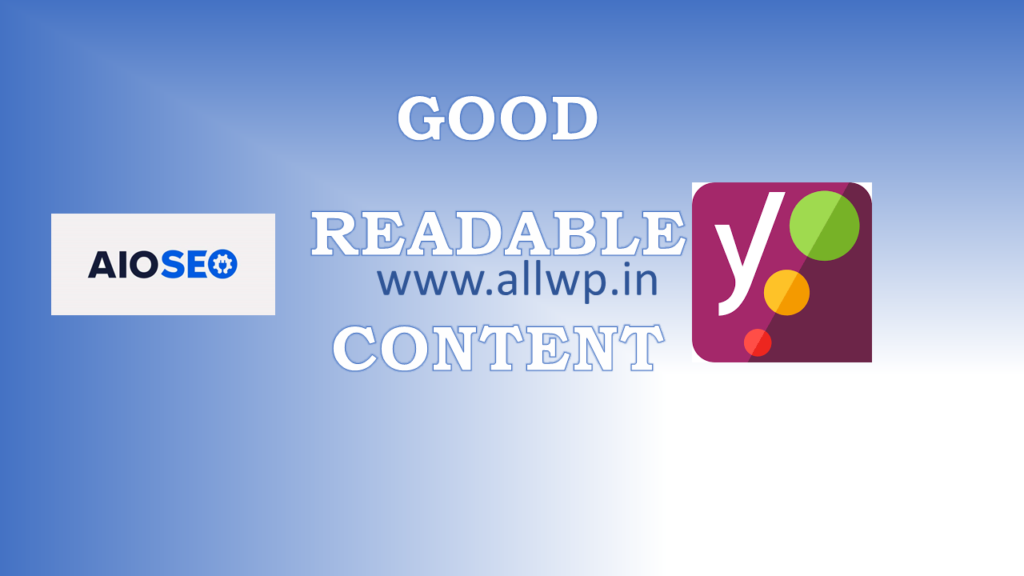
How to Write a Good Readable Content
Do you want to know How to Write Good Readable Content on your Website?
If you are using WordPress, then you have plugins like AIOSEO, Yoast, etc that will help you in writing good readable articles.
Remember, We write content for our audience. So, the content should be easily readable to the audience.
For this, both All in One SEO and Yoast have some suggestions for a good Readable Content
As discussed in our recent post on how to write SEO Friendly articles, we discussed some of the topics.
Now
How to write Good Readable Content

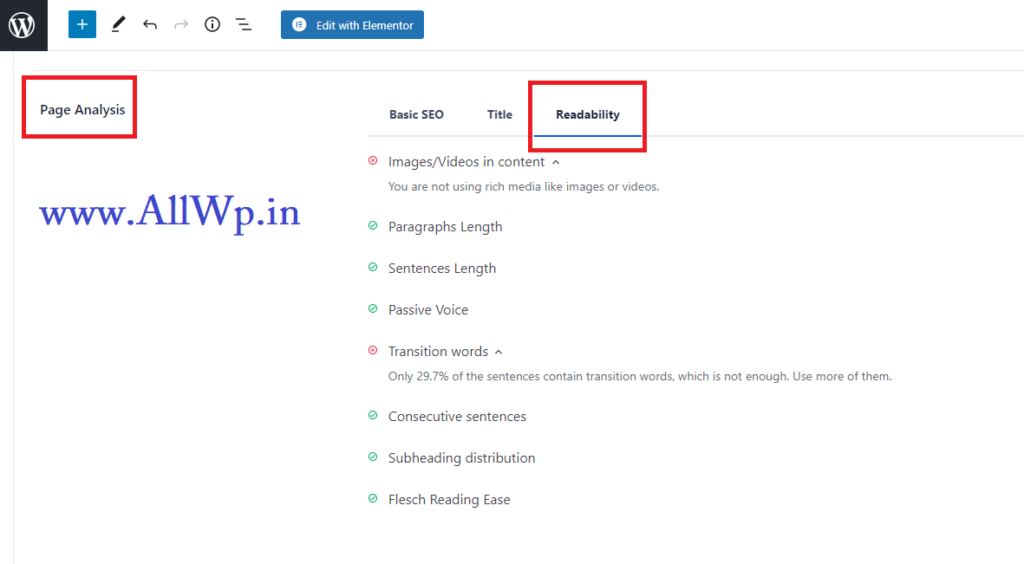
The above screenshots are of Readability of Yoast and All in One SEO.
In this article, we will be completing all of them,
Images or Videos in Content:
The content that contains images or videos gets more visitors and it also improves visitors’ time-on-page.
So, if you want to get more traffic, as well as you, want to increase visitors time on the page then you should use related images or videos in your post.
Paragraph Length :
Paragraphs are very essential in content writing. Whenever a reader land on a page he/she doesn’t go through the whole article, instead they scan your paragraphs, headings, subheadings and if they found it useful they go through the article.
So, you should use smaller paragraphs, a paragraph length should be a minimum of 2 sentences and not more than 200 words.
Sentence Length :
A sentence is a basic unit of language or a group of words in a format.
Longer sentences are difficult to read and understand while shorter sentences are easy to read and understand.
Shorter sentences make it easier to propagate your message.
As readability is important for SEO, and it is achieved by shorter sentences. The sentence recommended length is 20 words by All in One SEO and Yoast. According to Yoast, you shouldn’t have more than 20 words in 25 % of your sentences.
Passive Voice:
To understand passive voice we can understand easily in contrast with active voice.
Farhan writes the article.
This is an active voice sentence.
Now the passive voice of the above sentence is
The article was written by Farhan.
This is the passive voice of the above sentence.
Active voice conveys a clear-cut message and it is easy to understand.
Whereas Passive voice doesn’t convey a clear message and is weaker.
One of the reasons, we shouldn’t use Passive voice is it is Wordy ie., it uses more words as you have seen.
On the other hand, it is complex also.
Yoast suggests using maximum 10% passive voice.
Transition Words:
Transition Words are the words used to connect sentences and phrases like ‘and’, ‘but’, ‘during’, etc.
While writing an article or essay, your sentences should transition smoothly from one idea to another idea.
The reader can relate next sentence from the previous sentence.
So, it increases the readability of your article and it is good for SEO.
So you should use Transition words in your articles.
Yoast suggests using transition words at least in 30% of the sentences of our content.
Consecutive Sentences:
No one likes repetition of the sentences in content. In Consecutive sentences, AIOSEO and Yoast check whether the content has two or more consecutive sentences starting with the same word.
And they suggest changing the format.
Subheading Distribution:
A good article /content breaks his content into paragraphs, and after 2 or 3 paragraphs you should have headings or subheadings.
As discussed above, when a reader lands on a page he scans its paragraphs and headings subheadings.
AIOSEO looks for the content of more than 300 words and it doesn’t contain H2 or H3 tags.
So, you should use headings or subheadings in 300 words.
Flesch Reading ease:
Flesch reading is a Flesch-Kincaid readability test.
In Flesch reading ease, the higher scores mean the content is easier to read.
If you are using difficult words or sentences, then it is not easy to read to most of the readers.
As content writers, we should make our text easy to read for all.
Here comes Flesch reading ease in play. You can read in detail about Flesch Reading ease at Wikipedia.
KeyPhrase Checks:
As discussed in our previous post, your content should revolve around a topic or phrase which we called KeyPhrase.
AIOSEO and Yoast also check for KeyPhrase in your content. KeyPhrase checks are in the following areas of your content.
KeyPhrase in Meta Description: Your Meta Description should have KeyPhrase in it.
You should use exactly match KeyPhrase in the Meta description
KeyPhrase in Title: A good content writer, use its KeyPhrase in the Title of the webpage.
KeyPhrase in URL: For good SEO, you should use KeyPhrase in your Permalinks or URL also.
KeyPhrase in Introduction: As a good content writer, you should use your KeyPhrase in the first sentence of your Content.
So that, your reader has a clear idea about what they are going to read.
KeyPhrase in Subheadings: AIOSEO and Yoast also check KeyPhrase in subheadings.
But each and every Subheading should not have KeyPhrase. Don’t overuse KeyPhrase in subheadings.
KeyPhrase in image alt-Tag:
AIOSEO also checks KeyPhrase in the alt attribute of the image used in the article.
KeyPhrase in Content: Good content should use focus keywords in the content. But don’t overuse it.
KeyPhrase at the beginning of SEO Title:
AIOSEO checks whether you are using your focused KeyPhrase in the first few words of your SEO title.
KeyPhrase length: KeyPhrase length should not be more than 4 words.
If you want to become a good content writer and you want your article to drive more traffic. Then, master the SEO tools like basic SEO, Title, and readability those are given by Yoast and All in One SEO.

